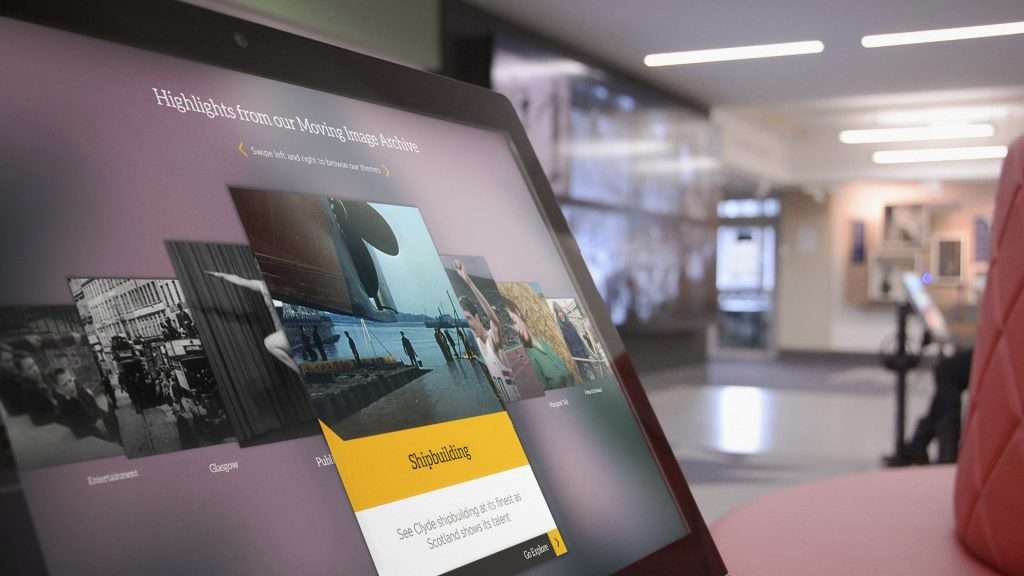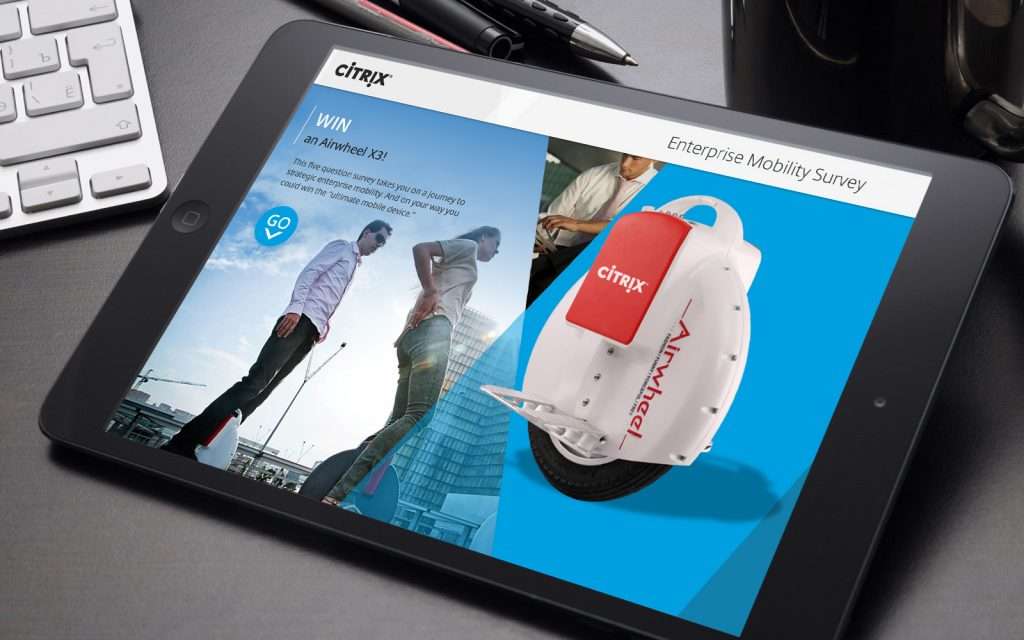Learn how to effectively monitor and optimize your revenue enablement strategy for significant growth.
We’ve previously discussed how revenue enablement can improve visibility for your team and boost sales for your business. But how do you track the success of your strategy and identify areas for improvement?
Read on as we look at important metrics for revenue enablement success and how to use analytics to maximize revenue for your business.
If you’re new to this topic, make sure you read this guide first: What is Revenue Enablement?
Key performance indicators (KPIs) for revenue enablement
While revenue enablement is distinct from sales enablement, sales are undoubtedly a key aspect of revenue for any business. Here are the primary KPIs for revenue enablement, including sales metrics:
Win rate
Your win rate is the proportion of business you win out of everything you bid for. You can work it out by dividing the number of successful deals by the total number of clients pursued. Multiply that figure by 100 for a percentage.
Revenue enablement can increase your win rate by giving you a broader understanding of the entire customer journey. This allows you to deliver a better experience for prospects, tailoring content to their specific requirements and pain points.
Lead quality
Believe it or not, revenue enablement can also improve the quality of leads your business generates. Using a revenue enablement platform means you can automate content to be delivered to leads when they submit their details.
For example, you might send an email inviting them to try an online demo or walkthrough. These small steps increase prospects’ intent to buy your product. This also fills the gap between someone submitting their details and a member of your team getting in touch. The result is leads that are happier with greater buying intent.
Sales cycles
How long does it take your team to move prospects through the sales cycle? This can include the length of calls or the overall time to convert someone from their initial contract.
By aligning different teams within your business, revenue enablement can shorten the sales cycle. By eliminating the need for handoffs between departments and giving all teams a better insight into a customer’s interactions to date, it can help you turn leads into customers quicker.
Churn rate
Your churn rate refers to the number of customers that leave your business. It can be calculated by dividing the number of customers that unsubscribe or stop purchasing in a year by the overall number of customers at the start of that year. Multiply the result by 100 to get your churn rate as a percentage.
As well as your marketing and sales teams, revenue enablement better equips your customer success team. They help customers reach their goals and keep them loyal to their business – which will reduce your churn rate in the long run.
Content engagement
From marketing and sales to onboarding, content is critical throughout the customer journey. But content creation can also be one of the biggest costs to your business. It’s important to track how often materials are used throughout the customer journey, whether that’s demonstrations, sales presentations or case studies.
This will give you an idea of how well your revenue enablement investment is being used. Armed with this information, you can make sure the content you create is as useful and relevant as possible – tailoring your strategy to what customers want and what your teams need.
Still not convinced? Find out why leading brands are implementing revenue enablement.
Leveraging data for strategic decision-making
Data analytics are invaluable when it comes to revenue enablement. They allow you to track success and identify areas for improvement. While some metrics like churn rate and win rate are easy enough to calculate and monitor, data analytics let you delve deeper into your revenue enablement performance.
For example, POP’s revenue enablement platform has in-built analytics that analyze every interaction and touchpoint between potential customers and your organization. This makes it quick and easy to measure the length of your sales cycle. But it also opens up new avenues for analysis, such as the different routes taken to convert a customer.
Having these insights at your fingertips means you can make decisions based on data rather than guesswork or gut feelings. That could be identifying a common conversion route for your marketing team to focus on, for example, or spotting gaps in your content strategy.
Find out how to maximize sales and success with the Revenue Enablement way >
Track and optimize your revenue enablement strategy
If you want to optimize revenue enablement, it’s vital that you can track your performance and measure your success. POP makes that easy with an intuitive platform that aligns all your different teams throughout the customer journey. With in-built analytics, you can get more from revenue enablement without spending hours crunching numbers.
To find out more, simply arrange a demo. You can also call us on +44 (0)117 329 1712 or email hello@popcomms.com with any questions.
Related Posts

What is Revenue Enablement?
Read

How POP’s Platform Can Help with Revenue Enablement
Read

The Future of Revenue Enablement
Read

Why Leading Brands Should Implement Revenue Enablement
Read